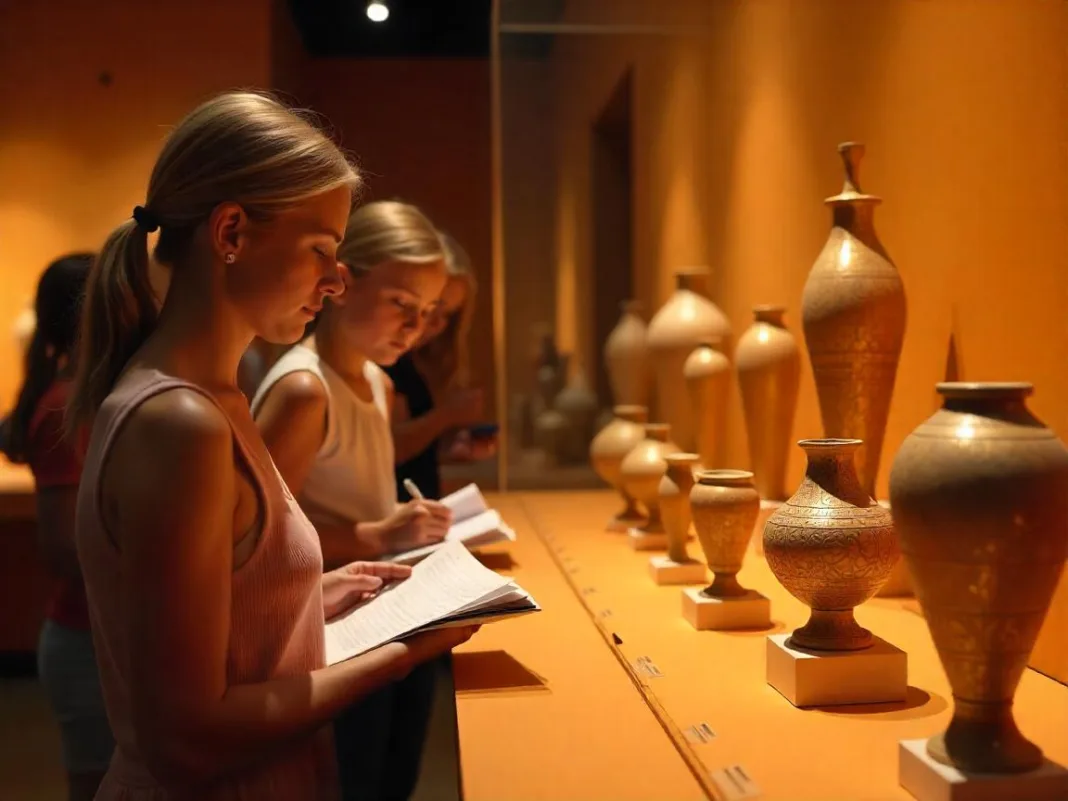Thursday, July 10, 2025

The US, Peru, Mexico, Venezuela, Brazil, and Canada are linking tourists who seek authentic historical experiences, moving well beyond TikTok and YouTube selfie trends. In today’s fast-paced digital world, where fleeting moments often dominate travel, these countries are embracing a deeper, more meaningful way to explore.
Beyond the ephemeral trends on TikTok and YouTube, the United States, Peru, Mexico, Venezuela, Brazil, and Canada are now connecting travelers looking for genuine historical experiences. These nations are welcoming tourists who yearn for closer ties to history and culture in an era dominated by fast selfies and viral videos.
This change, meanwhile, reflects travellers’ increasing interest in learning more about the true histories of their travel destinations. A new trend of meaningful travel is beginning to emerge as the emphasis shifts away from social media hype.
This update shows how these countries are collaborating to draw tourists who want to learn about history in a real way rather than just through a camera. This exciting trend is upending our preconceived notions about travel. It encourages everyone to venture off the usual route and take part in a more immersive, richer experience. Get ready to see tourism change as history becomes more important than the trendiest selfie.
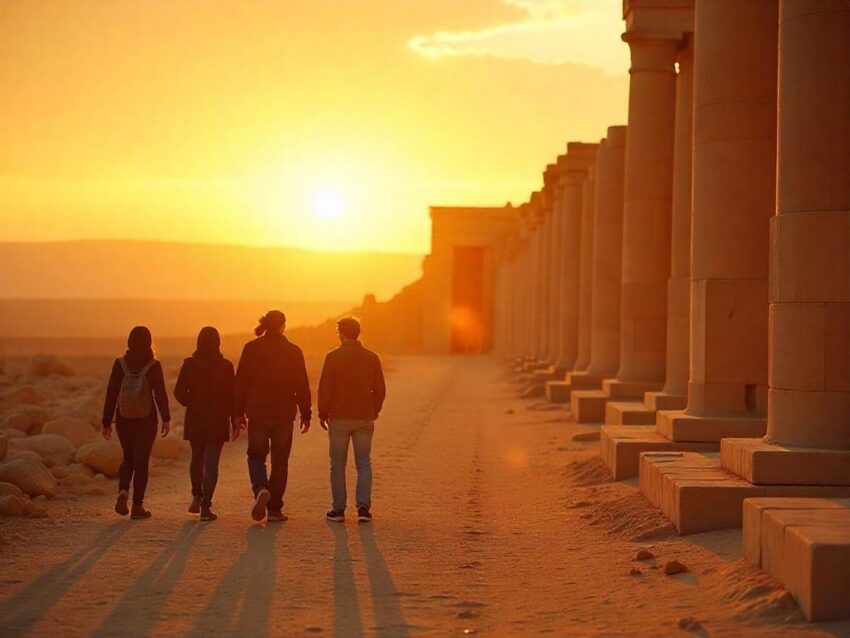
Discover History Beyond the Selfie Stick: Authentic Travel Destinations in the Americas and Beyond
Many travellers are looking for closer ties to their destinations as travel continues to change. Travellers prefer to immerse themselves in real history and culture rather than hurrying from one photo opportunity to the next. Curious travellers are becoming enthralled with a new wave of history-focused travel experiences that are popping up all over the Americas, from the US to Brazil, and even as far afield as Canada and Cuba. These locations provide more than just beautiful scenery; they allow guests to travel back in time, hear local stories, and meaningfully engage with heritage. Here’s a closer look at some of the top destinations where history is highlighted, inspiring visitors to see past the clichés associated with tourism.
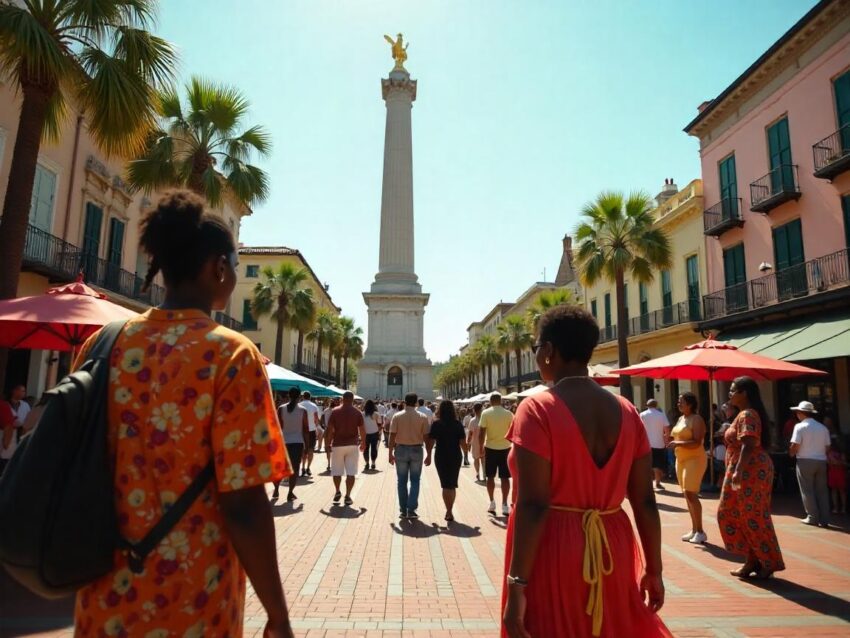
United States and Texas: Living History in Iconic Cities
Philadelphia is a unique repository of early American history in the United States. The Liberty Bell and Independence Hall are located there, and it welcomes guests to learn about the founding of the country through interactive exhibits, museums, and stories. Philadelphia provides rich educational tours that vividly depict the Revolutionary era, in contrast to the rushed selfie stops in busy tourist destinations.
In Texas’s south, the Alamo in San Antonio and the neighbouring missions offer an intriguing look into the colonial and revolutionary history of the state. Visitors can learn about the blending of cultures that shaped contemporary Texas at these UNESCO World Heritage sites. In the meantime, Fredericksburg’s cultural festivals and well-preserved architecture present a singular chance to delve into the history of German immigrants. Instead of just posing for photos, both cities encourage tourists to interact with their heritage in a meaningful way.

Philadelphia and San Antonio: U.S. History in Living Color
One of the pillars of American history is Philadelphia, Pennsylvania. Through Independence Hall, the Liberty Bell, and the National Constitution Centre, it provides an immersive experience as the site of independence’s birth. Visitors can participate in storytelling tours that bring the Revolution to life rather than hurrying through photo ops.
Down in Texas, San Antonio boasts the iconic Alamo and a series of historic missions that tell the story of Texas’ fight for independence. These UNESCO World Heritage sites are perfect for travelers wanting to understand early American and Spanish colonial history in depth. Nearby Fredericksburg adds another layer with its German immigrant roots, well-preserved buildings, and cultural festivals, providing a unique Texan historical experience.
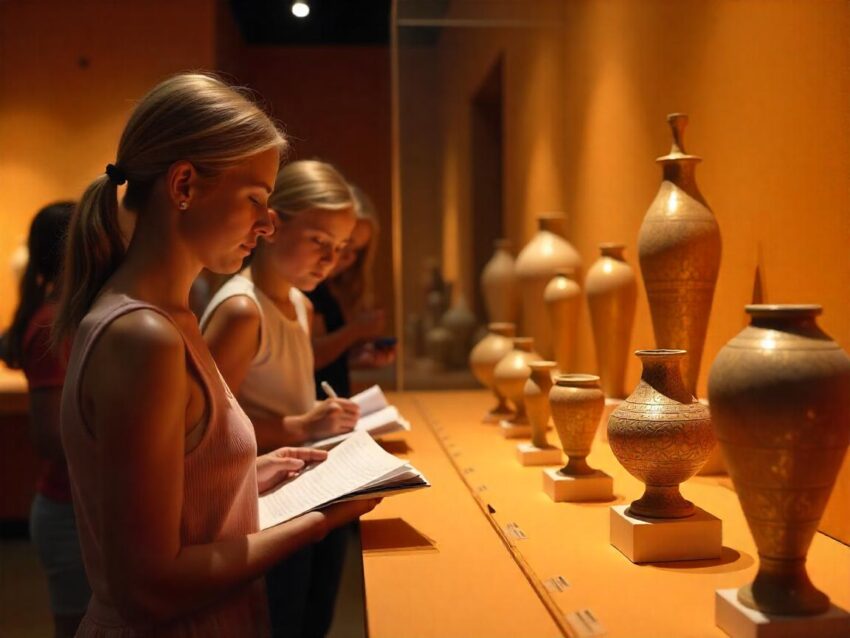
Mexico: Beyond Beaches to Cultural Depth
Mexico offers some of the richest historical experiences in the Americas. Cities like Oaxaca and San Miguel de Allende invite tourists to wander through colonial streets, vibrant markets, and ancient ruins. Oaxaca, with its Indigenous heritage and sites like Monte Albán, provides a deep cultural immersion often missed by casual visitors.
San Miguel de Allende blends UNESCO-recognized colonial architecture with a thriving arts scene, offering cultural tours that emphasize the city’s unique history and ongoing traditions. These destinations encourage visitors to appreciate history through storytelling and participation, rather than through fleeting snapshots.
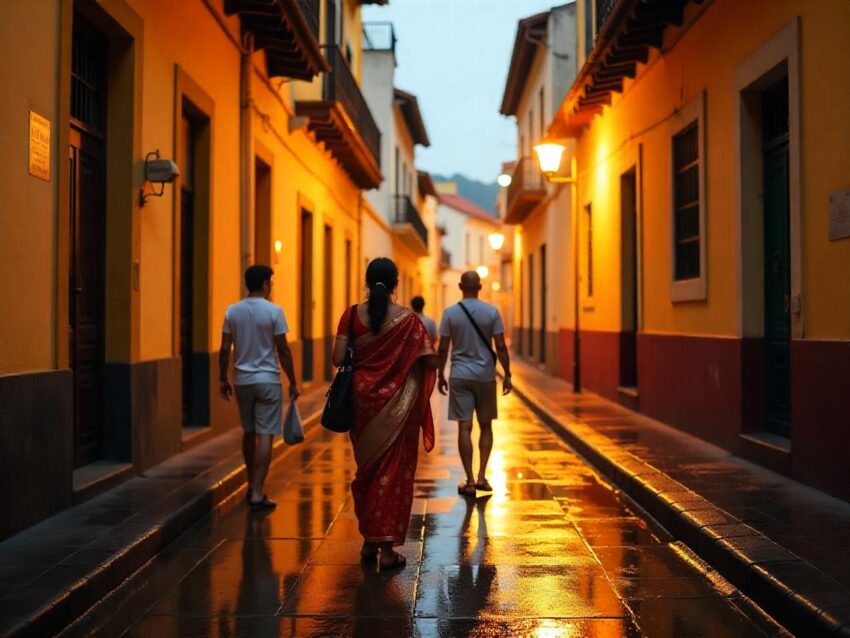
Oaxaca and San Miguel de Allende: Mexico’s Cultural Heartbeat
In Mexico, Oaxaca shines as a hub of Indigenous culture and colonial legacy. Visitors here explore Monte Albán’s ancient ruins and vibrant markets filled with crafts and local flavors. This city offers a far more authentic experience than many typical tourist spots, focusing on the living traditions of the Zapotec people and colonial artistry.
San Miguel de Allende, a UNESCO World Heritage town, balances colonial charm with a thriving art scene. Its cobbled streets, historic churches, and lively cultural centers draw travelers who want to explore Mexico’s history while enjoying contemporary creative energy. These cities encourage visitors to engage deeply with local heritage beyond just the surface.

Canada: Old-World Charm and Maritime Heritage
Quebec City stands as one of North America’s oldest settlements, with its fortified walls and French colonial architecture offering an unparalleled historical atmosphere. Tourists here can stroll through cobblestone streets while learning about the city’s role in shaping Canada’s cultural identity.
On Canada’s eastern coast, Lunenburg, Nova Scotia, offers a preserved glimpse into British colonial history. Its maritime heritage is evident in the architecture and museums, making it an ideal destination for those looking to understand early North American settlement patterns and trade. These towns prioritize genuine engagement with history over superficial photo moments.
Quebec City and Lunenburg: Canada’s Historic Gems
Quebec City stands as one of North America’s oldest urban centers, rich in French colonial history. Its fortified walls and centuries-old architecture provide a backdrop for immersive cultural tours that explain the city’s unique place in Canadian history. Visitors can enjoy museums and guided walks that prioritize storytelling over selfies.
On Canada’s east coast, Lunenburg, Nova Scotia, offers a well-preserved look at British colonial settlement and maritime traditions. As a UNESCO World Heritage site, Lunenburg showcases wooden architecture and a seafaring legacy, giving travelers a genuine historical experience in a picturesque setting.
Cuba and Venezuela: Revolutionary Roots and Colonial Legacy
Cuba’s Havana offers more than colorful streets and classic cars; it presents a layered history of colonialism, revolution, and cultural fusion. Visitors can explore colonial forts, museums, and vibrant Afro-Cuban traditions that tell a story far richer than any postcard.
In Venezuela, cities like Caracas and Coro reveal the country’s complex colonial and revolutionary past. Coro, with its UNESCO-listed colonial center, showcases architecture and urban planning that date back centuries. These destinations invite travelers to dive into history’s complexities, moving beyond tourist clichés.
Havana and Trinidad: Cuba’s Time Capsules
Cuba’s Havana captivates with more than vintage cars and colorful buildings. Its colonial forts, museums, and vibrant Afro-Cuban culture tell a story of revolution, resilience, and cultural fusion. The city’s historical depth encourages travelers to learn and engage beyond photo ops.
Trinidad, another UNESCO World Heritage town, features cobblestone streets and Spanish colonial architecture. It offers an intimate glimpse into Cuba’s past, where visitors can soak in history through music, dance, and local crafts, all deeply intertwined with the town’s colonial roots.
Caracas and Coro: Venezuela’s Historic Centers
While Venezuela is less traveled, cities like Caracas and Coro offer powerful historical narratives. Caracas is the birthplace of Simón Bolívar, the liberator of much of South America, with museums highlighting the independence struggle.
Coro’s colonial architecture and urban planning make it a UNESCO World Heritage site. It’s a destination for those seeking an authentic understanding of early European settlement and its lasting cultural impacts in Venezuela.
Peru and Brazil: Incan Wonders and Colonial Splendors
Cusco, Peru, serves as a living museum of Incan civilization and Spanish colonial influence. The city’s plazas, temples, and museums allow travelers to explore centuries of history in a single visit. Beyond Machu Picchu, Cusco’s rich cultural tapestry encourages tourists to appreciate indigenous heritage and colonial encounters deeply.
Brazil offers unique historical experiences in towns like Olinda and Paraty. Olinda’s preserved colonial architecture and vibrant festivals reflect Brazil’s early European influences, while Paraty’s maritime history is visible in its cobblestone streets and churches. These towns foster immersive historical travel that connects visitors to Brazil’s diverse past.
Olinda and Paraty: Brazil’s Colonial Treasures
Brazil’s Olinda, near Recife, is a UNESCO World Heritage site filled with baroque churches, colorful houses, and lively festivals. It represents the country’s Portuguese colonial history combined with Afro-Brazilian cultural expressions.
Paraty, a coastal town, offers well-preserved colonial architecture and cobblestone streets. Its maritime heritage and historical churches create a deeply atmospheric experience, ideal for travelers wanting to understand Brazil’s colonial past beyond the typical beach resort.
Cusco and Arequipa: Peru’s Rich Heritage
Cusco, Peru, serves as a gateway to Incan civilization and Spanish colonial history. The city itself is an open-air museum, with temples, plazas, and museums that tell stories of two intertwined cultures. Visitors can experience festivals and local traditions that celebrate this rich past.
Arequipa, known as the “White City,” impresses with volcanic stone buildings and historic convents. It offers a quieter but equally compelling historical experience, showcasing Peru’s colonial architecture and vibrant cultural life.
Why Choose Authentic Historical Travel?
The destinations listed here go beyond picturesque landmarks. They provide context, stories, and cultural insights that transform travel into meaningful experiences. Unlike tours dominated by selfie sticks and crowded hotspots, these cities invite reflection and discovery.
Local guides, museums, and cultural centers enrich visitor understanding. They connect travelers with the lives, struggles, and achievements of past generations. This approach encourages respect for heritage and supports sustainable tourism that benefits local communities.
Tips for Deepening Your Historical Travel Experience
- Choose Guided Tours with Local Experts: They bring history to life through stories and personal anecdotes.
- Visit Museums and Cultural Institutions: Engage with exhibits that offer deeper context.
- Explore Beyond the Main Attractions: Discover neighborhoods, markets, and local traditions.
- Attend Cultural Events and Festivals: They often showcase authentic historical and cultural expressions.
- Learn Before You Go: Reading about a destination’s history enriches your visit.
Travel That Connects You to the Past and Present
If you want your travels to be more than a series of photos, consider these cities for your next trip. From colonial streets in the Americas to ancient sites in Peru and culturally rich towns in Cuba and Brazil, history lives vividly in these places. Embrace authentic experiences that honor local heritage and offer a richer, more rewarding journey. This is travel that not only fills your camera but also deepens your understanding and appreciation of the world.
Why These Destinations Matter for History Lovers
Each of these locations shares a commitment to authenticity, storytelling, and preservation. They offer travelers more than just landmarks; they provide context and cultural understanding. This approach transforms a simple visit into a meaningful journey through time.
What distinguishes these destinations is their emphasis on sustainable and educational tourism. Local guides, museums, and cultural centers offer narratives that respect the past and connect it to present-day life. This is crucial in an era where tourism often risks commodifying culture.
Practical Tips for Authentic Historical Travel
- Engage Local Guides: Opt for tours led by knowledgeable locals who can share nuanced stories.
- Visit Museums and Cultural Centers: These provide depth and often feature artifacts and exhibits that bring history alive.
- Respect Local Customs: Authentic travel respects both cultural heritage and present communities.
- Avoid Overcrowded Spots: Seek lesser-known historical sites or visit popular sites during off-peak hours.
- Learn Before You Go: Reading about a destination’s history enriches the travel experience significantly.
Conclusion: Embracing History with Purpose
For U.S. tourists and travelers worldwide, the opportunity to explore history beyond surface-level sightseeing is more accessible than ever. From the founding cities of the U.S. and the colonial towns of Mexico to the ancient sites of Peru and the cultural treasures of Cuba and Brazil, these destinations offer rich narratives that reward curiosity and respect.
Choosing destinations that prioritize meaningful historical experiences ensures travel is both enjoyable and enriching. It also helps preserve these sites and traditions for future generations. As travelers seek deeper connections and more responsible tourism, these historic cities stand ready to welcome those who want more than just a selfie.


